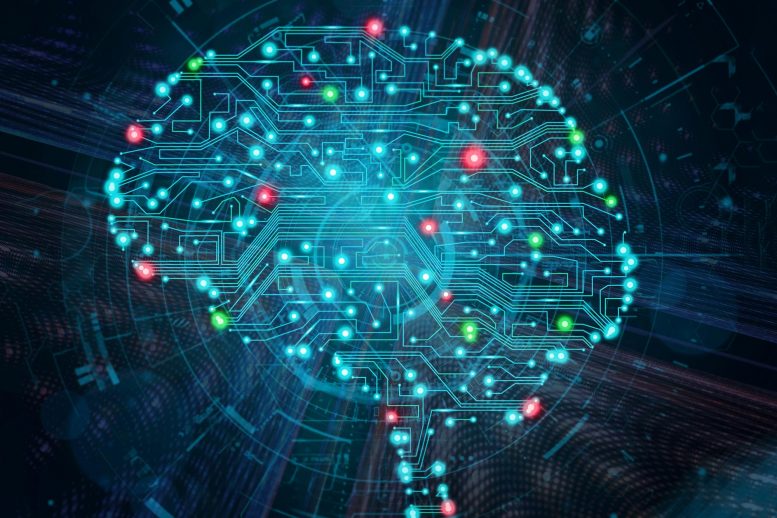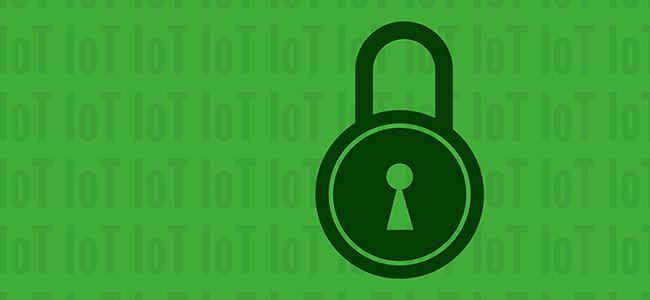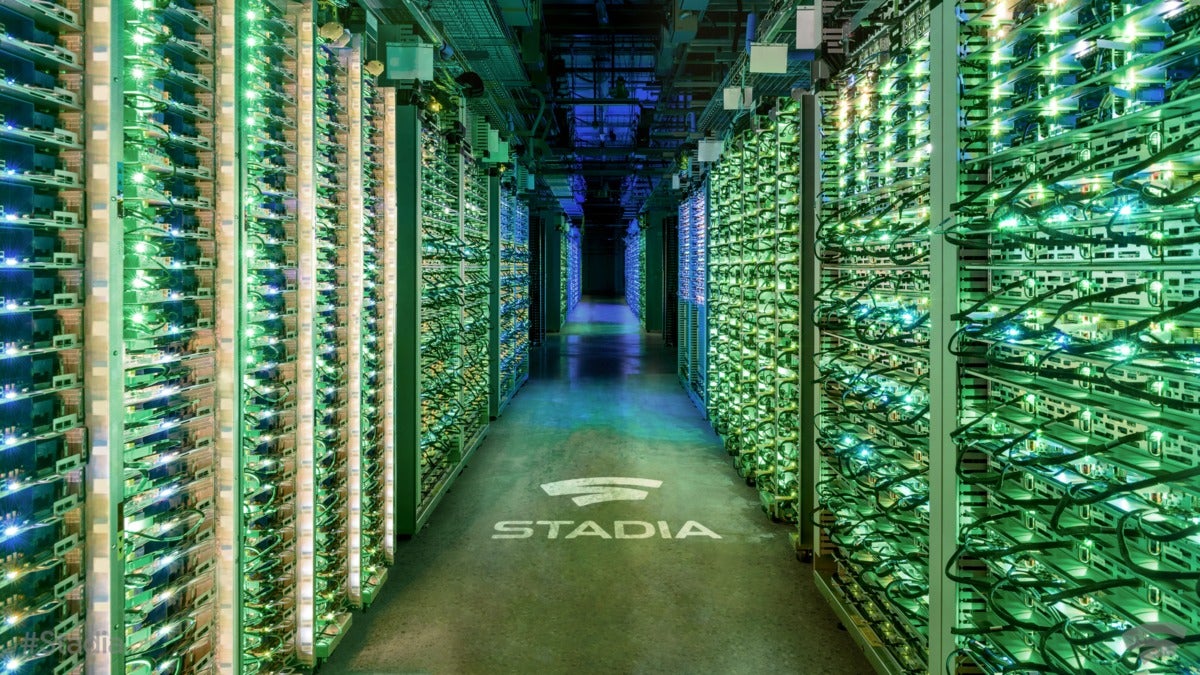Dell Optiplex 7070 Ultra: Modularity at a price

The main trick with the Optiplex 7070 Ultra, and the reason it is designed as a thin brick, is that it fits in a specially designed monitor stand that attaches to Dell monitors. This feature is touted as being a desktop space saver, which it certainly is, but do not think that it is a cableless affair. We tested this Optiplex with a Dell UltraSharp 24 USB-C monitor -- which is a serviceable, thin-bezel 1920x1080 monitor that retails for AU$340, and if it had a high resolution, it would be outstanding -- and found the Optiplex to be a half-way house between a regular desktop and an all-in-one. For instance, a USB-C cable was still needed to make the connection between the unit and the monitor, both devices needed their own power cables and bricks, and connecting headphones meant reaching behind the monitor to find the audio jack and hoping they lack enough lead to allow you to relax in your seat. Consolidating things like power connections would put it much closer to the realm of an all-in-one, while probably making it increasingly complex, but simple changes like adding reachable ports and audio jacks into the stand to face the user would help with everyday usability.
Silicone’s Final Days? An Exclusive Chat With Nobel Prize Winner Sir Konstantin Novoselov
Novoselov, who grew up in a very heavy engineering environment, adds that the Nobel has opened opportunities in terms of collaboration within the industry itself and has “promoted huge interest”. “As we see now that interest paid back in terms of creation of new applications.” Today, graphene powers many disruptive technologies and holds the potential to open up many more new markets, particularly next-generation electronics: faster transistors, semiconductors, bendable phones, to name a few. But what is graphene, you ask? Graphene was originally observed in electron microscopes in 1958 and as Novoselov explains, it’s both an interesting and very simple material. “It’s only carbon atoms,” he explains. “Carbon is one of the lightest, and one of the simplest atoms you can think about.” Graphene is to date, the strongest and thinnest material known to science. In fact, it is 100 times stronger than steel despite its almost 100% transparency and flexibility. The material has also proved to be a good thermal and electrical conductor, also known to have unique quantum properties.
Scottish police roll out controversial data extraction technology

“We’re committed to providing the best possible service to victims and witnesses of crime. This means we must keep pace with society. People of all ages now lead a significant part of their lives online and this is reflected in how we investigate crime and the evidence we present to courts,” said deputy chief constable Malcolm Graham. He added that digital devices are increasingly involved in investigations, placing ever higher demand on digital forensic examination teams. “Current limitations, however, mean the devices of victims, witnesses and suspects can be taken for months at a time, even if it later transpires that there is no worthwhile evidence on them,” said Graham. “By quickly identifying devices which do and do not contain evidence, we can minimise the intrusion on people’s lives and provide a better service to the public.”
How to protect your organization and employees from conversation hijacking

Cybercriminals use a variety of tricks to try to convince unsuspecting users to reveal sensitive and valuable information. Phishing is a well-known and general method. A more specific and direct technique gaining traction is conversation hijacking. By impersonating employees or other trusted individuals and inserting themselves in a message thread, criminals try to obtain money or financial information. But there are ways to protect your company and employees from this type of attack, according to a new report from Barracuda Networks. Here's how the process typically works, according to Barracuda. Cybercriminals start by impersonating an organization's domain. Through domain impersonation or spoofing, attackers send emails to employees with phony domain names that appear legitimate or create websites with altered names. Phony domain names can be concocted and registered by slightly adjusting certain characters in the actual name or changing the Top-Level-Domain (TLD), for example, replacing .com with .net.
Network automation with Python, Paramiko, Netmiko and NAPALM

Network automation with Python and automation libraries can enable simplified communication with network devices. In this article, we take a look at three network automation libraries: Paramiko, Netmiko and NAPALM, or Network Automation Programmability Abstraction Layer with Multivendor support. Each library builds on its predecessor to provide greater layers of abstraction that enable users to build more efficient automation systems. Paramiko is a low-level Secure Shell (SSH) client library. We can use it to programmatically control connecting to a network device's command-line interface (CLI) over a secure SSH connection. With the library, users send commands a person would normally type and parse the results of each command's execution, also known as screen scraping. The Python script below uses the Paramiko library to query a Cisco Catalyst 3560 router for its Address Resolution Protocol (ARP) table. It is the first step of a script to identify the switch port where a device is connected.
Artificial Intelligence System Learns the Fundamental Laws of Quantum Mechanics

In Chemistry, AI has become instrumental in predicting the outcomes of experiments or simulations of quantum systems. To achieve this, AI needs to be able to systematically incorporate the fundamental laws of physics. An interdisciplinary team of chemists, physicists, and computer scientists led by the University of Warwick, and including the Technical University of Berlin, and the University of Luxembourg have developed a deep machine learning algorithm that can predict the quantum states of molecules, so-called wave functions, which determine all properties of molecules. The AI achieves this by learning to solve fundamental equations of quantum mechanics as shown in their paper ‘Unifying machine learning and quantum chemistry with a deep neural network for molecular wavefunctions’ published in Nature Communications. Solving these equations in the conventional way requires massive high-performance computing resources (months of computing time) which is typically the bottleneck to the computational design of new purpose-built molecules for medical and industrial applications.
California’s IoT cybersecurity bill: What it gets right and wrong

The most significant issue to be addressed is the law’s ambiguity: it requires all connected devices to have “a reasonable security feature” (appropriate to the nature of the device and the information it collects) that is designed to protect the user’s data from unauthorized access, modification, or disclosure. Beyond that vague prescription, the law only specifically states that each connected device must also come with a unique hard-wired password, or it must otherwise require a user to set their own unique password before using the device. Some experts maintain that meeting the password requirements is all that’s needed to satisfy the regulation; in effect, the password is the “reasonable security feature.” If this interpretation is validated, it’s wholly insufficient for securing the IoT – especially for those connected systems that reside in our appliances, vehicles, and municipal infrastructures.
Facial recognition is real-life ‘Black Mirror’ stuff, Ocasio-Cortez says
Because facial recognition is being used without our consent or knowledge, she suggested, we may be mistakenly accused of a crime and have no idea that the technology has been used as the basis for the accusation. That’s right, the AI Now Institute’s Whittaker said, and there’s evidence that the use of facial recognition is often not disclosed. That lack of disclosure is compounded by our “broken criminal justice system,” Ocasio-Cortez said, where people often aren’t allowed to access the evidence used against them. Case in point: the Willie Lynch case in Florida. A year ago, Lynch, from Jacksonville, Florida, asked to see photos of other potential suspects after being arrested for allegedly selling $50 worth of crack to undercover cops. The police search had relied on facial recognition: the cops had taken poor-quality photos of the drug dealer with a smartphone camera and then sent them to a facial recognition technology expert who matched them to Lynch.
Enterprises spend more on cloud IaaS than on-premises data-center gear

The major segments with the highest growth rates over the decade were virtualization software, Ethernet switches and network security. Server share of the total data center market remained steady, while storage share declined. "The decade has seen a dramatic increase in computer capabilities, increasingly sophisticated enterprise applications and an explosion in the amount of data being generated and processed, pointing to an ever-growing need for data center capacity," said John Dinsdale, chief analyst at Synergy Research Group, in a statement. However, more than half of the servers now being sold are going into cloud providers’ data centers and not those of enterprises, Dinsdale added. "Over the last ten years we have seen a remarkable transformation in the IT market. Enterprises are now spending almost $200 billion per year on buying or accessing data center facilities, but cloud providers have become the main beneficiaries of that spending."
Microsoft opens up Rust-inspired Project Verona programming language on GitHub

As Parkinson explained, Project Verona aims to help secure code in unsafe languages like C and C# that still exists in a lot of Microsoft's legacy code, which Microsoft can't afford to waste but would like to protect better. "We're going to run some C and C++, stuff we don't trust," Parkinson said at the talk. "We're going to put it in a box and we know there is this region of objects, we have to be very careful with it, but there's a group of things going on there and we can built some pervasive sandboxing there. So there can be sandboxed libraries that we can embed in our sandboxed Verona program." The GitHub page for Project Verona outlines some of the high-level questions the group is working on that will be fleshed out in forthcoming peer-reviewed articles. ... "Project Verona is a research project that is not affecting engineering choices in the company," it states. "The Project Verona team is connected to the people using all the major languages at the company, and want to learn from their experience, so we can research the problems that matter."
Quote for the day:
"Real leadership is being the person others will gladly and confidently follow." -- John C. Maxwell
No comments:
Post a Comment